A poster with a description and examples of analogy, a literary technique.
Can be used along with: [resource:13191] [resource:16907]
Updated: 17 Nov 2016
A poster with a description and examples of analogy, a literary technique.
Non-Editable: PDF
Pages: 1 Page
Years: 4 - 7
Explain characteristic features used in imaginative, informative and persuasive texts to meet the purpose of the text
Explain how texts across the curriculum are typically organised into characteristic stages and phases depending on purposes, recognising how authors often adapt text structures and language features
Plan, create, edit and publish written and multimodal texts whose purposes may be imaginative, informative and persuasive, using paragraphs, a variety of complex sentences, expanded verb groups, tense, topic-specific and vivid vocabulary, punctuation, spelling and visual features
Explain characteristic features used to meet the purpose and audience in different types of texts
Explain how different types of texts are typically organised into characteristic stages and phases depending on purposes, recognising how authors often adapt text structures and language features
Create different types of texts, written and spoken, with developed and organised ideas for purpose and audience, and multimodal elements as appropriate
Re-read and edit their own texts and the texts of others using agreed criteria and exploring editing choices
Extends Tier 2 and Tier 3 vocabulary through interacting, wide reading and writing, morphological analysis and generating precise definitions for specific contexts
Fluently reads and comprehends texts for wide purposes, analysing text structures and language, and by monitoring comprehension
Plans, creates and revises written texts for multiple purposes and audiences through selection of text features, sentence-level grammar, punctuation and word-level language
Automatically applies taught phonological, orthographic and morphological generalisations and strategies when spelling in a range of contexts, and justifies spelling strategies used to spell unfamiliar words
Analyses representations of ideas in literature through narrative, character, imagery, symbol and connotation, and adapts these representations when creating texts
Analyses representations of ideas in literature through genre and theme that reflect perspective and context, argument and authority, and adapts these representations when creating texts
Identify and explain characteristic text structures and language features used in imaginative, informative and persuasive texts to meet the purpose of the textElaborationsexplaining how the features of a text advocating community action, for example ...
Understand how authors often innovate on text structures and play with language features to achieve particular aesthetic, humorous and persuasive purposes and effectsElaborationsexploring a range of everyday, community, literary and informative texts...
Plan, draft and publish imaginative, informative and persuasive texts, choosing and experimenting with text structures, language features, images and digital resources appropriate to purpose and audienceElaborationscreating informative texts for two ...
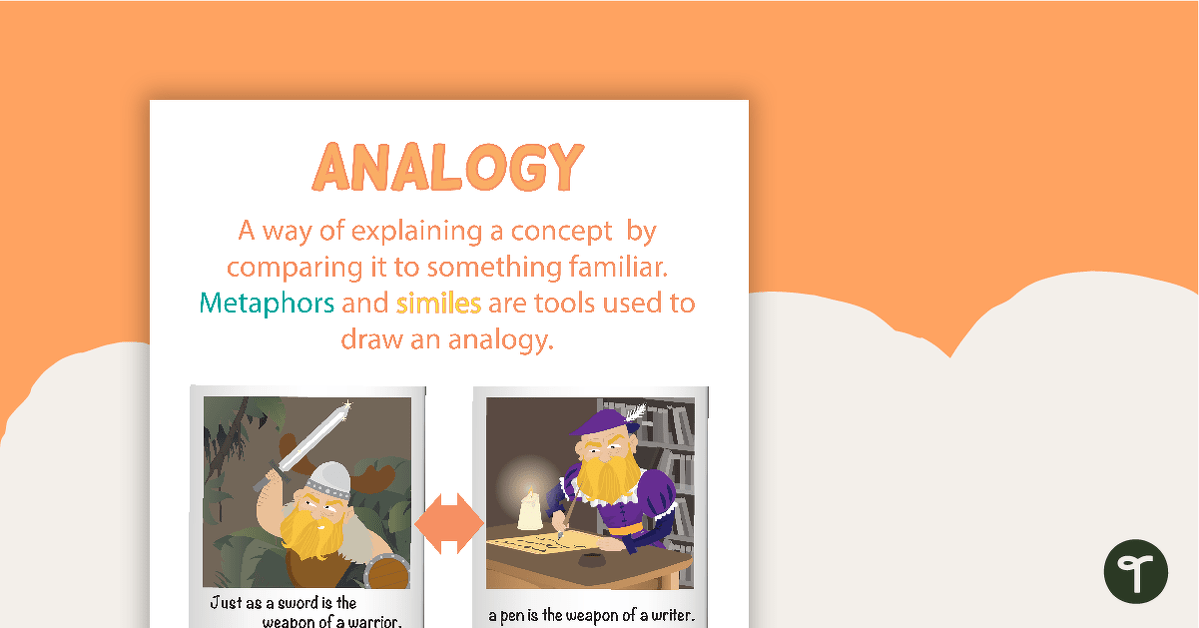
A poster with a description and examples of analogy, a literary technique.
Can be used along with: [resource:13191] [resource:16907]
Explain characteristic features used in imaginative, informative and persuasive texts to meet the purpose of the text
Explain how texts across the curriculum are typically organised into characteristic stages and phases depending on purposes, recognising how authors often adapt text structures and language features
Plan, create, edit and publish written and multimodal texts whose purposes may be imaginative, informative and persuasive, using paragraphs, a variety of complex sentences, expanded verb groups, tense, topic-specific and vivid vocabulary, punctuation, spelling and visual features
Explain characteristic features used to meet the purpose and audience in different types of texts
Explain how different types of texts are typically organised into characteristic stages and phases depending on purposes, recognising how authors often adapt text structures and language features
Create different types of texts, written and spoken, with developed and organised ideas for purpose and audience, and multimodal elements as appropriate
Re-read and edit their own texts and the texts of others using agreed criteria and exploring editing choices
Extends Tier 2 and Tier 3 vocabulary through interacting, wide reading and writing, morphological analysis and generating precise definitions for specific contexts
Fluently reads and comprehends texts for wide purposes, analysing text structures and language, and by monitoring comprehension
Plans, creates and revises written texts for multiple purposes and audiences through selection of text features, sentence-level grammar, punctuation and word-level language
Automatically applies taught phonological, orthographic and morphological generalisations and strategies when spelling in a range of contexts, and justifies spelling strategies used to spell unfamiliar words
Analyses representations of ideas in literature through narrative, character, imagery, symbol and connotation, and adapts these representations when creating texts
Analyses representations of ideas in literature through genre and theme that reflect perspective and context, argument and authority, and adapts these representations when creating texts
Identify and explain characteristic text structures and language features used in imaginative, informative and persuasive texts to meet the purpose of the textElaborationsexplaining how the features of a text advocating community action, for example ...
Understand how authors often innovate on text structures and play with language features to achieve particular aesthetic, humorous and persuasive purposes and effectsElaborationsexploring a range of everyday, community, literary and informative texts...
Plan, draft and publish imaginative, informative and persuasive texts, choosing and experimenting with text structures, language features, images and digital resources appropriate to purpose and audienceElaborationscreating informative texts for two ...

We create premium quality, downloadable teaching resources for primary/elementary school teachers that make classrooms buzz!
Would you like something changed or customised on this resource? While our team makes every effort to complete change suggestions, we can't guarantee that every change will be completed.
Did you spot an error on this resource? Please let us know and we will fix it shortly.
Are you having trouble downloading or viewing this resource? Please try the following steps:
If you are still having difficulty, please visit the Teach Starter Help Desk or contact us .

A fun game for students to play in small groups to consolidate their understanding of adjectives.
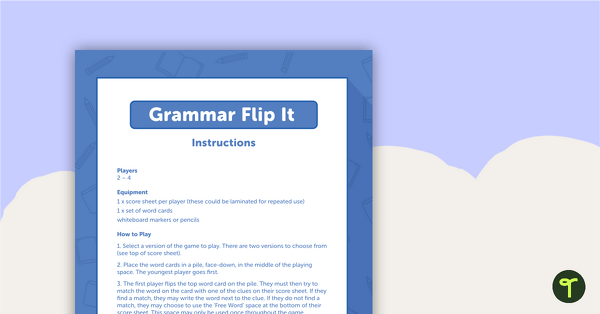
A fun game for students to play in small groups to consolidate their understanding of verbs.
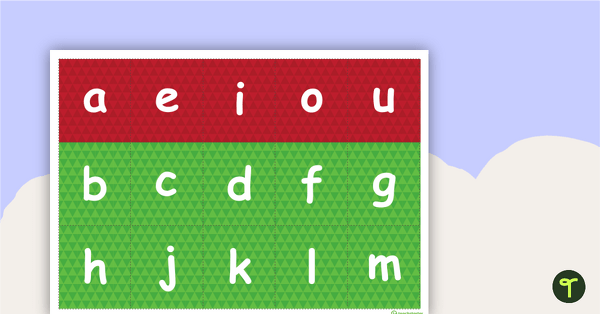
A sheet of letters to use when making CVC words.
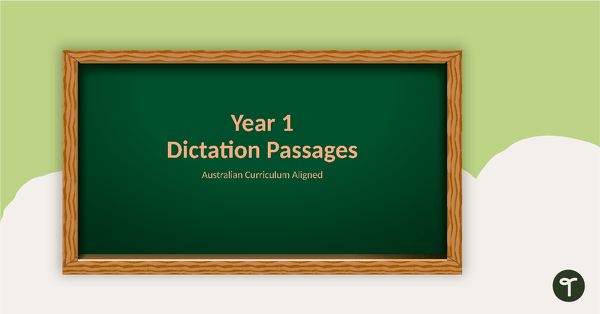
Use this set of Year 1 editing passages to help your students demonstrate their spelling, punctuation and grammar knowledge.
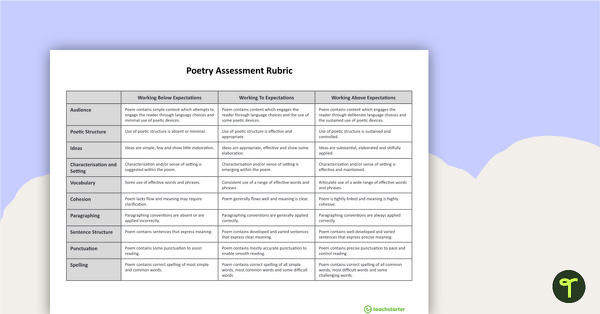
A NAPLAN-style rubric designed to help teachers to assess student's poetry.
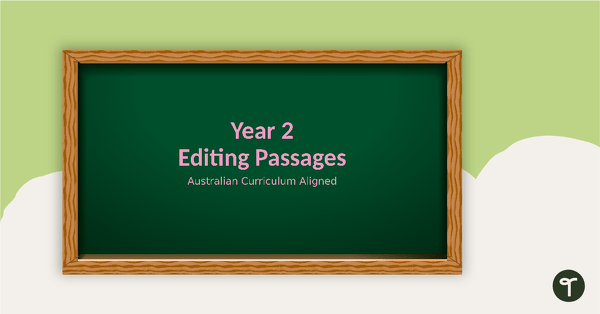
Use this set of Year 2 editing passages to help your students demonstrate their spelling, punctuation and grammar knowledge.
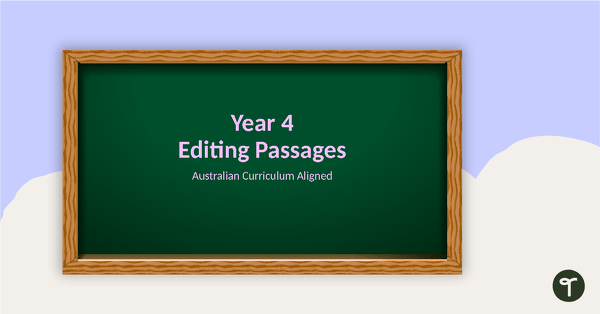
Use this set of Year 4 editing passages to help your students demonstrate their spelling, punctuation and grammar knowledge.

A set of 28 generic QAR question cards for students to use as a comprehension task after reading.
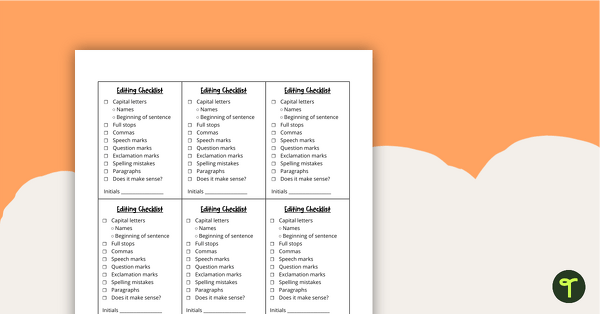
Get your students using this editing checklist so that no mistake gets left behind!
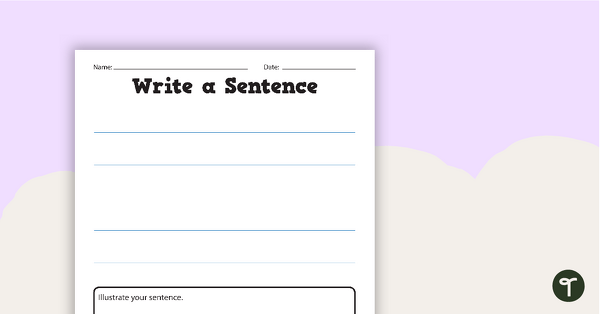
A worksheet for beginner writers to practice their handwriting.
0 Comments
Write a review to help other teachers and parents like yourself. If you'd like to request a change to this resource, or report an error, select the corresponding tab above.